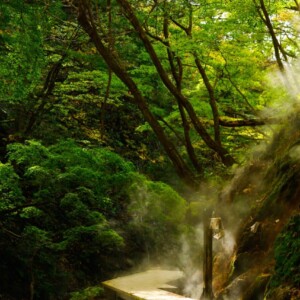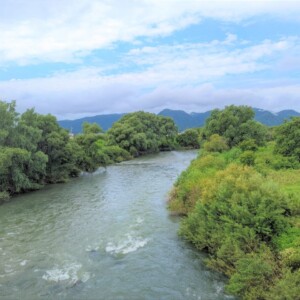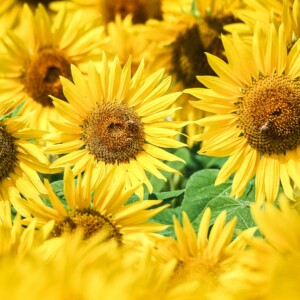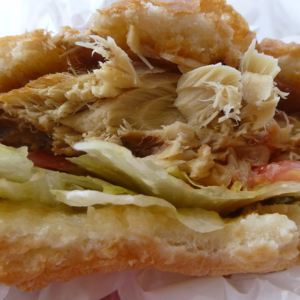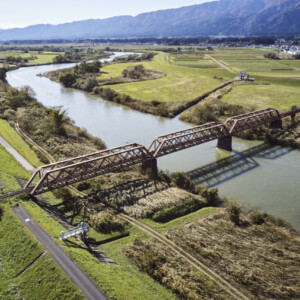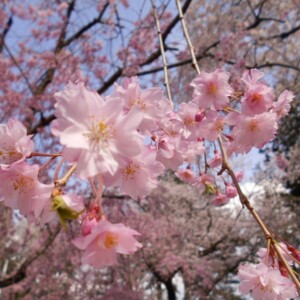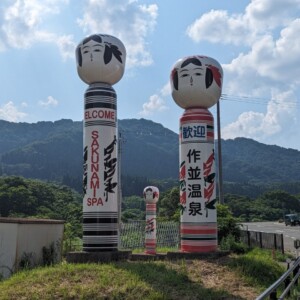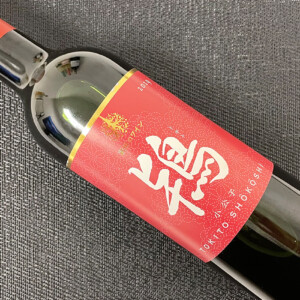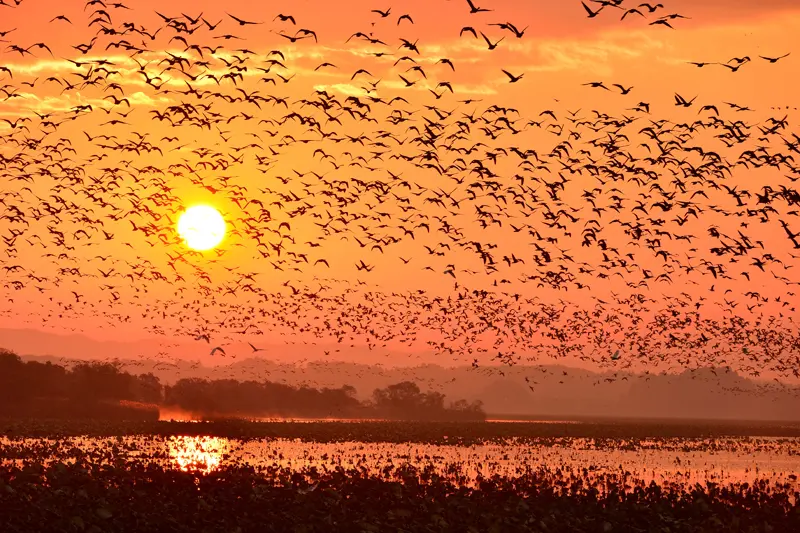
Kurihara City (Miyagi Prefecture) has been inhabited by people since ancient times and was part of the Sendai domain during the Edo period
table of contents
- 1 After the wars of the Sengoku period, it became part of the territory of the Sendai domain during the Edo period
- 2 Kurihara was a place where many post stations were established along the Oshu Highway. The main inn was located in Arikabe
- 3 During the Heisei Great Merger, 10 towns and villages merged to form Kurihara City
- 4 Tsurumaru Castle, which managed the Kurihara area as a subsidiary castle (fort) of the Sendai domain
- 5 The retro shopping street "Kurikoma Muikamachi Street Shopping District" is attracting attention again
- 6 The former Arikabe Inn, where buildings from the mid-Edo period remain and retain their original appearance
- 7 One of the few remaining guard posts: the remains of the Sendai Domain's Hanayama Village Kanyu Guard Post
- 8 Izunuma and Uchinuma, a Ramsar Convention registered wetland, a paradise for migratory birds where tens of thousands of geese spend the winter
The Kurihara region, which makes up Kurihara City, spreads out on the southeastern foot of Mount Kurikoma, and is the Ichihasama River, Nihasama River, and Sansasa River, which all
The river has created large wetlands in its downstream area, Izunuma and Uchinuma are known as "Japan's number one paradise for wild birds ," attracting many geese and swans
After the wars of the Sengoku period, it became part of the territory of the Sendai domain during the Edo period
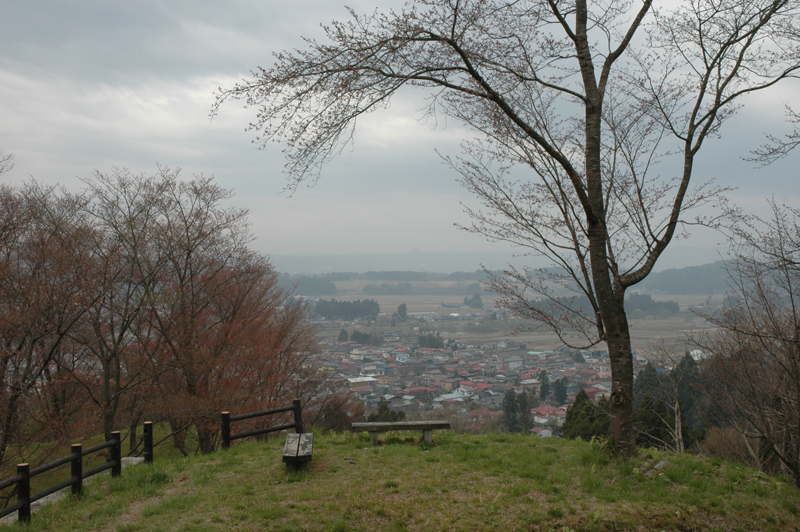
People have lived in the Kurihara region since the Paleolithic period, and many ruins have been discovered there. From the Middle Ages onwards, many villages were scattered around the area, and powerful clans emerged to rule over the villages, leading to a period of warring factions. During the Sengoku period, the area came under the control of the Kasai clan, but there were constant internal conflicts with the Tomizawa clan, who were descended from the Kasai clan, and with the neighboring Osaki clan
Many castles (see Kurihara City Cultural Properties) were built in the Kurihara area by powerful clans from the Kamakura to Muromachi periods, but most of them are now just ruins and details are unknown. Among them, Tsurumaru Castle in Iwagasaki (Kurikoma Iwagasaki) was built by the Tomizawa clan during the Sengoku period, and in the latter part of the period it served as a subsidiary castle for the Date clan (Sendai Domain).
Link: Kurihara City Official Website – List of designated cultural properties in Kurihara City
Kurihara was a place where many post stations were established along the Oshu Highway. The main inn was located in Arikabe
During the Edo period, the Ou Highway ran north and south through Kurihara, and post stations were established along the road in Takashimizu , Tsukidate , Miyano, Sawabe, Kannari , Arikabe, etc. Tsukidate-juku, which was the junction with the road heading towards the Akita Domain (currently National Route 398), was particularly bustling, and Arikabe-juku was the location of the town's headquarters (a nationally designated historic site).
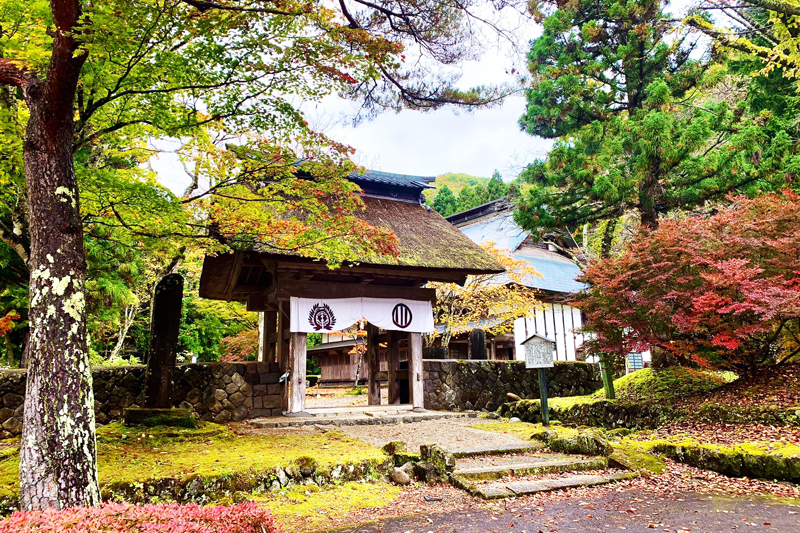
To head towards the Akita domain, one would head north along the western foot of Mount Kurikoma and enter Akita Prefecture at Hanayama Pass, but just before the pass there was a checkpoint called the Sendai Domain Hanayama Village Nuruyu Bansho to inspect travelers and their luggage
During the Heisei Great Merger, 10 towns and villages merged to form Kurihara City
In the Meiji era, Kurihara became Kurihara Prefecture, and incorporated into Miyagi Prefecture in 1876 (Meiji 9) . After that, the area that included parts of present-day Osaki City and Tome City became Kurihara County, and in 2005 (Heisei 17), the 10 towns and villages that belonged to Kurihara County at the time - Ichihasama Town, Uguisuzawa Town , Kannari Town, Kurikoma Town, Shiwahime Town , Semine Town , Takashimizu Town , Tsukidate Town, Wakayanagi Town , and Hanayama Village - merged to form the current Kurihara City, and Kurihara County ceased to exist.
Tsurumaru Castle, which managed the Kurihara area as a subsidiary castle (fort) of the Sendai domain
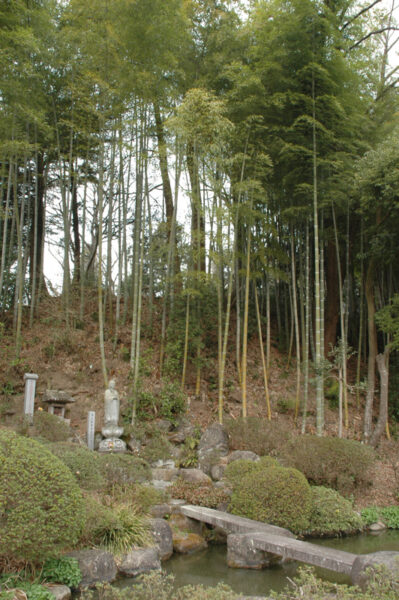
Tsurumaru Castle is unknown, it is said to have been built during the Sengoku period by the Tomizawa clan, a branch of the Kasai clan that ruled the Kurihara area. Built on a small hill in what is now Kurikoma Iwagasaki, it was a large castle measuring approximately 650m east to west and 400m north to south.
Tsurumaru Castle came under the control of the Sendai Domain, and Masamune Date placed great importance on the castle, with his fifth son, followed by his sixth son, becoming the castle's lord. After the One Castle per Province Order was issued, the castle was nominally demoted to a fortress, but until the end of the Edo period, senior vassals of the Sendai Domain served as castle lords, and the castle continued to play an important role as a defense against foreign enemies such as the Akita Domain, and as a branch office of the Sendai Domain

Currently, the area Kurikoma Tateyama Park , with the Tsurumaru Castle ruins at its center. It is a public park that is beautiful in every season, including the cherry blossoms in spring, and offers a view of the majestic Mount Kurikoma.
Kurikoma Tateyama Park <Information>
- Facility name: Kurikoma Tateyama Park
- Address: Tateyama Park, 93-1 Kurikoma Iwagasaki Urayama, Kurihara City, Miyagi Prefecture
- Phone number: 0228-25-4166 (Kurihara City Tourism and Products Association)
- Free walk
- access:
- Train: Take the city bus bound for Kurikoma from Ishigoe Station on the JR Tohoku Main Line on the Kurihara Denen Line for approximately 37 minutes, then get off at the Kurikoma bus stop and walk for approximately 15 minutes
- By car: Approximately 30 minutes from Wakayanagi Kanari IC on the Tohoku Expressway via the Nakata Kurikoma Prefectural Road
Google Map
The retro shopping street "Kurikoma Muikamachi Street Shopping District" is attracting attention again
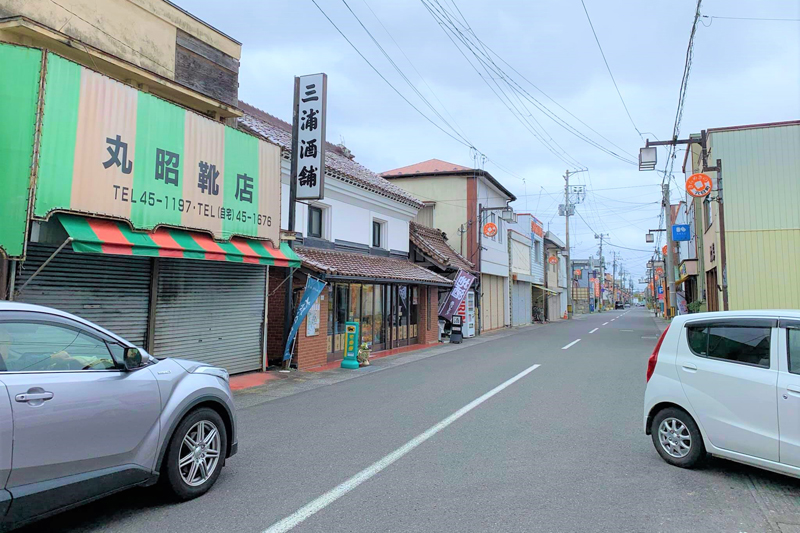
Iwagasaki, where Tsuruga Castle was located, saw the opening of the Kurihara Tramway (later known as the Kurihara Rural Railway) in 1922 (Taisho 11) , which was then extended to the Hosokura Mine in 1942 (Showa 17), and the town flourished as a logistics center for the northern part of Kurihara. In 1955 (Showa 30), it merged with several surrounding villages, including Kurikoma Village, to form Kurikoma Town.
However, Kurikoma Town rapidly declined with the closure of the Hosokura Mine in 1987 (Showa 62), and the once bustling shopping district became deserted

when a cafe opened on the forgotten Muikamachi Shopping Street began to attract attention as a place where something interesting was likely to happen
Muikamachi Shopping Street <Information>
- Facility name: Muikamachi Street Shopping District
- Location: Kurikoma Iwagasaki Muikamachi, Kurihara City, Miyagi Prefecture
- Phone number: 0228-45-2191 (Kurikoma Uguisuzawa Chamber of Commerce and Industry), 0228-24-7871 (Muikamachi Regional Revitalization Cooperation Team Office)
- Free walk
- Official URL: Muikamachi Shopping Street
- access:
- Train: Take the city bus bound for Kurikoma from Ishigoe Station on the JR Tohoku Main Line on the Kurihara Denen Line for approximately 37 minutes and get off at the Kurikoma bus stop
- By car: Approximately 20 minutes from Wakayanagi Kanari IC on the Tohoku Expressway via the Nakata Kurikoma Prefectural Road
Google Map
The former Arikabe Inn, where buildings from the mid-Edo period remain and retain their original appearance

Arikabe-juku was founded in 1619 as a post station on the Oshu Kaido road, and for generations the Sato family managed the town officials and the main inn. The main inn served as lodging for feudal lords and senior vassals of the Matsumae and Nanbu domains during their alternate attendance periods
The current Honjin building was rebuilt in 1744 and is a valuable example that has retained its original appearance. The Onarimon Gate, which was used by the feudal lord, has not been opened since Emperor Meiji entered and exited it in 1881 (Meiji 14), and is still closed to traffic. The former Arikabejuku Honjin is designated as a national historic site and a tangible cultural property of Miyagi Prefecture
Arikabe Honjin <Information>
- Facility name: Arikabe Honjin (Miyagi Prefecture Intangible Cultural Property)
- Address: 31 Kanari Arikabe Honcho, Kurihara City, Miyagi Prefecture
- Visit: Free to view the exterior only
- access:
- Train: Approximately 5 minutes on foot from Arikabe Station on the Tohoku Main Line
- By car: Approximately 15 minutes from Wakayanagi Kanari IC on the Tohoku Expressway
Google Map
One of the few remaining guard posts: the remains of the Sendai Domain's Hanayama Village Kanyu Guard Post
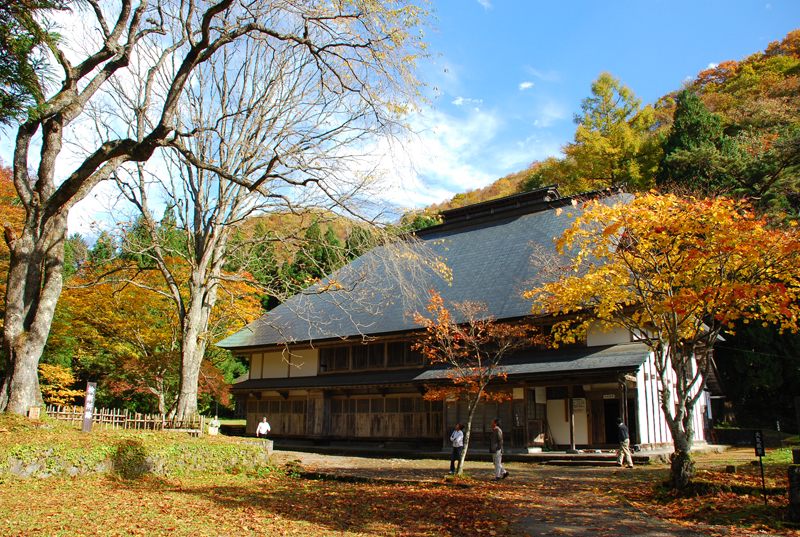
The ruins of the Sendai Domain's Hanayama Village Kanyu Bansho are a checkpoint (barrier) established by the Sendai Domain on the border with the Akita Domain. To pass from the Sendai Domain to the Akita Domain, one had to cross the 741m high Hanayama Pass, known as "Going Over Hanayama." The Sendai Domain established a checkpoint just before the pass and strictly controlled entry and exit. Guardposts established on the domain border are called "Kuchidome Bansho" or "Sakaime Bansho," and are a valuable presence remaining in their original form, making them a " Nationally Designated Historic Site ."
"Kanyu" refers to a hot spring that was located near the guardhouse, and is now a warm hot spring
Kanyu Guardhouse Ruins <Information>
- Facility name: Sendai Domain Hanayama Village Cold Bath Guard Station Ruins
- Location: Hanayama Motozawa Onsen, Kurihara City
- Phone number: 0228-56-2040 (Hanayama Onsen Nyusanso)
- Opening days: April 1st to the end of November
- Opening hours: 9:00-16:30
- Admission fee: Adults 210 yen, elementary, junior high and high school students 110 yen
- access:
- Train: Approximately 50 minutes by car from Kurikoma-Kogen Station on the Tohoku Shinkansen
- By car: Approximately 40 minutes from Tsukidate IC on the Tohoku Expressway
Google Map
Izunuma and Uchinuma, a Ramsar Convention registered wetland, a paradise for migratory birds where tens of thousands of geese spend the winter
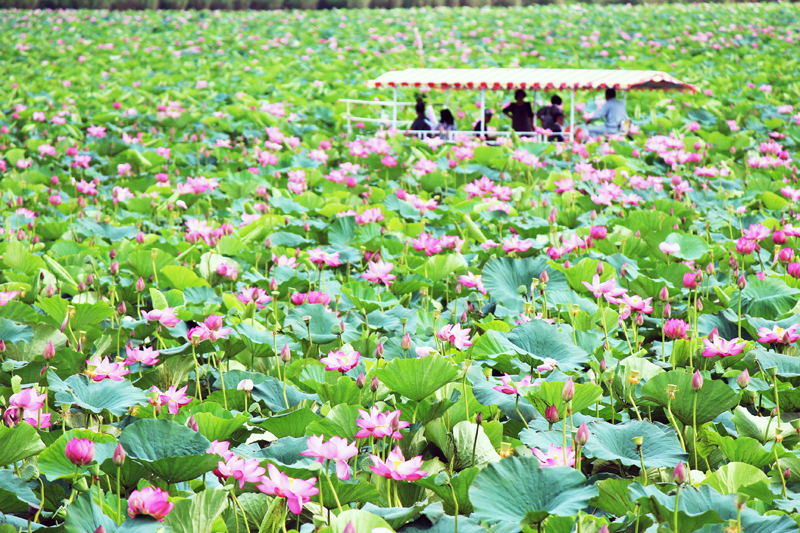
If you visit Kurihara City, you should definitely stop by Izunuma and Uchinuma .
Izunuma and Uchinuma straddle Kurihara City and Tome City, and with a combined area of 491 hectares (Izunuma 369 hectares, Uchinuma 122 hectares), they are the largest lakes and marshes in Miyagi Prefecture. One of their distinctive features is that they are shallow, with an average depth of 80 cm and a maximum depth of 1.6 m, allowing aquatic plants to flourish right up to the center of the marsh, and providing a habitat for many insects and birds.
a wintering site for geese, ducks, and swans that migrate from Russia from autumn to winter . Tens of thousands of white-fronted geese and over 2,000 whooper swans migrate here, the highest number in Japan. Izunuma, Uchinuma, and the surrounding rice paddy areas are designated as wetlands under the Ramsar Convention
Izunuma and Uchinuma <Information>
- Facility name: Izunuma and Uchinuma
- Address: 17-2 Kamihataoka Shikimi, Wakayanagi, Kurihara City, Miyagi Prefecture, and other locations
- Phone number: 0228-25-4166 (Kurihara City Tourism and Products Association)
- access:
- Train: Approximately 10 minutes by car from Kurikoma-Kogen Station on the Tohoku Shinkansen
- By car: Approximately 10 minutes by car from Tsukidate IC on the Tohoku Expressway, or approximately 20 minutes by car from Wakayagi Kanari IC




![Iizaka Onsen with the Sato brothers who assisted Minamoto Yoshitsune [Fukushima Prefecture] DSC_2646_1](https://jp.neft.asia/wp-content/uploads/2024/09/DSC_2646_1-150x150.jpg)
![Kakunodate, which was founded by the Tozawa clan during the Sengoku period and built by the Ashina clan during the Edo period [Senboku City's highlights ②] Cherry blossoms on the banks of the Hinokinai River - Night cherry blossoms_Akita Fan](https://jp.neft.asia/wp-content/uploads/2025/07/98886c5b97b9b3f8d61f0ae473e583b1-150x150.jpg)
![Scary and slightly sad stories... "Michinoku Otogi Kaido" with many stories left behind [Shichigasyu-cho, Shiraishi City, Miyagi Prefecture] Fairytale images](https://jp.neft.asia/wp-content/uploads/2023/04/be73b392233d2fe609797e999f8ca547-1-150x150.jpg)
![Kurikoma foot Geopark learned from large-scale landslide disasters [Miyagi Prefecture] Autumn leaves of Mt. Kurikoma](https://jp.neft.asia/wp-content/uploads/2023/08/22090138_m-150x150.jpg)

![Demon's Jigokudani Promenade! The geyser of the steam is truly a hellish sight! ? [Miyagi Prefecture] 5148713_m](https://jp.neft.asia/wp-content/uploads/2023/08/5148713_m-150x150.jpg)
![The timber rocks in Shiraishi Obara are natural phenomena, and are spectacular spots with columnar joints! [Miyagi Prefecture] FE8E1C5D-891F-4A2B-B0BB-BB4536BF6858_105_c](https://jp.neft.asia/wp-content/uploads/2023/07/FE8E1C5D-891F-4A2B-B0BB-BB4536BF6858_1_105_c-150x150.jpeg)

